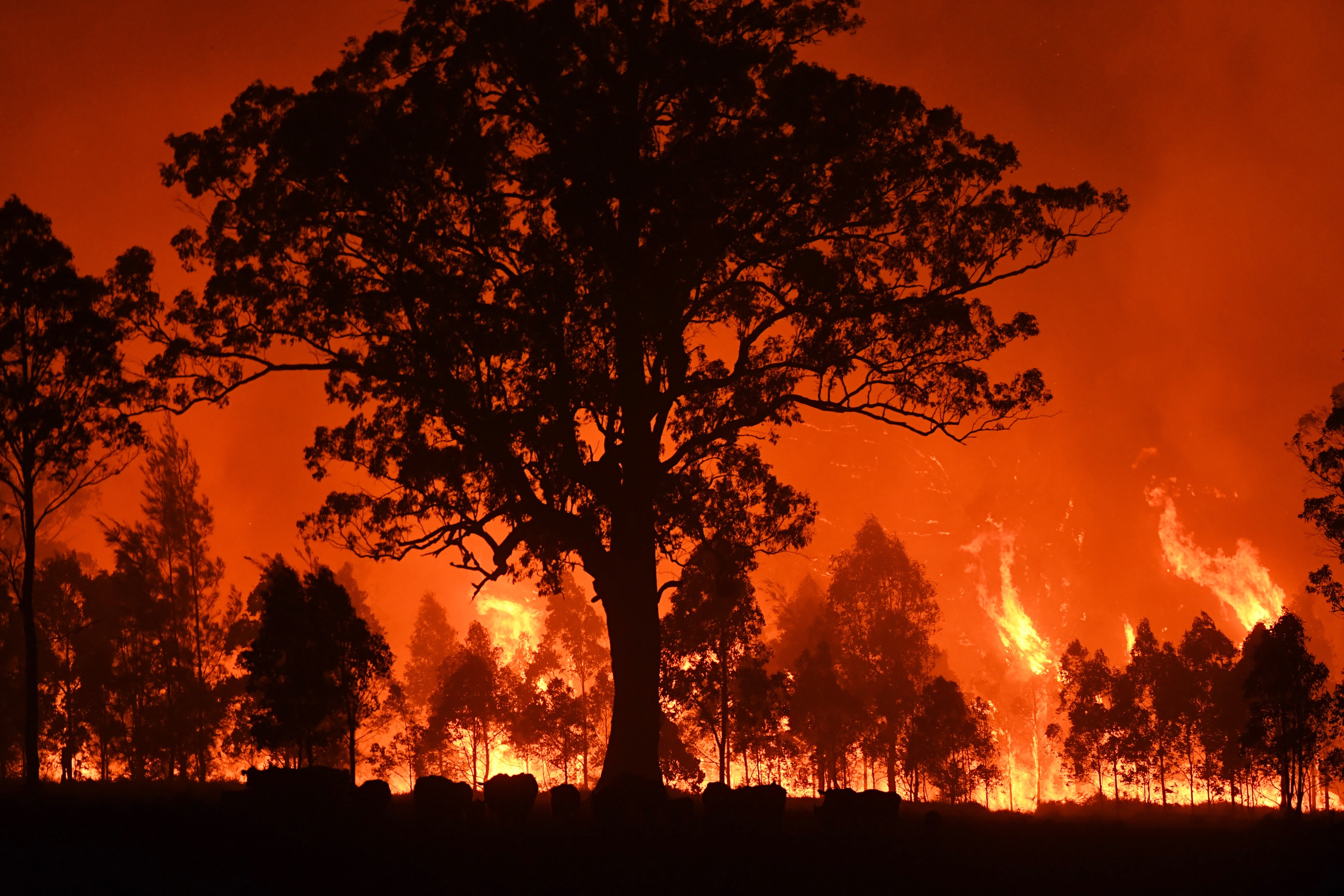Beyond Compliance: Enhancing Property Safety And Security with a Thorough BAL Report Analysis
Ensuring Shrub Fire Defense With Proper BAL Record Evaluation
In the realm of bush fire protection, the thorough evaluation of Bushfire Attack Degree (BAL) reports stands as a foundation for guarding buildings versus the destructive effect of wildfires. With ecological aspects and building qualities playing significant functions in identifying the level of threat, a detailed understanding of BAL rankings comes to be imperative.
Understanding Bushfire Attack Degree (BAL)
In the world of bushfire security, understanding the Bushfire Attack Level (BAL) is vital for making certain reliable reduction strategies. Comprehending the BAL score of a residential or commercial property is critical for home home builders, owners, and policymakers to execute appropriate steps to safeguard against bushfire dangers.

Significance of BAL Record Evaluation
A vital element in bushfire defense preparation includes the extensive evaluation of BAL records to assess the potential dangers and figure out suitable mitigation methods. BAL records supply crucial info regarding the prospective impact of bushfires on a home based upon different aspects such as plants kind, distance to prospective fire risks, and slope of the land. Assessing these records with accuracy is vital in creating reliable bushfire protection measures customized to the certain threat account of a residential or commercial property.
Executing Fire Protection Procedures
Applying reliable fire protection measures is essential for safeguarding residential or commercial properties in bushfire-prone areas. This includes clearing flammable greenery, such as completely dry leaves and branches, within a specific radius of the building.
Moreover, having a adequate and well-kept water system, such as a storage tank or pool, can aid firemens in their initiatives to protect the residential or commercial property. It is vital to have a clear evacuation strategy in position and to make sure that all residents know with the treatments. In addition, having firefighting tools conveniently available, such as hoses and fire extinguishers, can aid in dealing with small place fires prior to they rise. Generally, implementing a combination of these fire security measures can considerably raise the opportunities of securing residential or commercial properties throughout bushfire occasions.
Mitigating Threats in Fire-Prone Areas
To fortify homes against bushfire risks, a tactical focus on mitigating threats in fire-prone locations is necessary. Mitigating risks in fire-prone areas involves a comprehensive technique that incorporates various steps to lower the likelihood and effect of bushfires. One critical aspect of threat reduction is preserving defensible space around properties by getting rid of combustible plants, guaranteeing sufficient spacing between frameworks and trees, and employing fire-resistant landscape design techniques. Furthermore, executing ember-proofing procedures such as mounting metal mesh screens on home windows and covering roofing system dental caries can aid stop ember assaults and lessen the risk of place fires.
Moreover, creating or retrofitting structures with fire-resistant materials and making certain proper maintenance of roofing systems, rain gutters, and outside cladding can dramatically boost the residential property's strength to bushfires. Creating and practicing a bushfire emergency situation plan with all passengers, consisting of evacuation procedures and communication methods, is additionally important in mitigating threats successfully. By embracing a positive technique to take the chance of reduction in fire-prone areas, homeowner can much better safeguard their possessions and improve total bushfire readiness.
Ensuring Building Safety and Resilience
Guaranteeing the safety and strength of residential properties in fire-prone locations requires an unwavering commitment read to robust precautionary measures and critical preparation. Building security starts with applying efficient actions to lower fire threats. This consists of his comment is here keeping a defensible room around the building by removing combustible greenery, making certain proper maintenance of roofings and seamless gutters, and making use of fireproof building materials. Normal upkeep of firefighting equipment, such as tubes and automatic sprinkler, is also critical to residential property strength.
Resilience, on the other hand, involves the capacity of a property to withstand and recuperate from a bushfire. By proactively attending to these facets, residential or commercial property proprietors can better safeguard their possessions and loved ones from the threat of bushfires.
Final Thought
Finally, guaranteeing bushfire security via appropriate BAL report evaluation is crucial for comprehending the degree of risk positioned by bushfires and applying necessary fire security actions. By minimizing risks in fire-prone areas and making certain residential or commercial property safety and resilience, individuals and areas can better get ready for and react to bushfire occasions. It is crucial to prioritize fire safety and security steps to safeguard lives and home in these high-risk settings.
In the world of bush fire security, the thorough evaluation of Bushfire Attack Degree (BAL) reports stands as a cornerstone for protecting buildings versus the damaging effect of wildfires (BAL Report). Recognizing the BAL score of a property is vital for property builders, policymakers, and owners to carry out appropriate actions to guard against bushfire risks

BAL reports provide crucial details concerning the prospective influence of bushfires on a building based on numerous aspects such as vegetation kind, distance to prospective fire threats, and slope of the land (BAL Report). Generally, carrying out a combination of these fire protection steps can significantly increase the opportunities of safeguarding residential properties during bushfire events